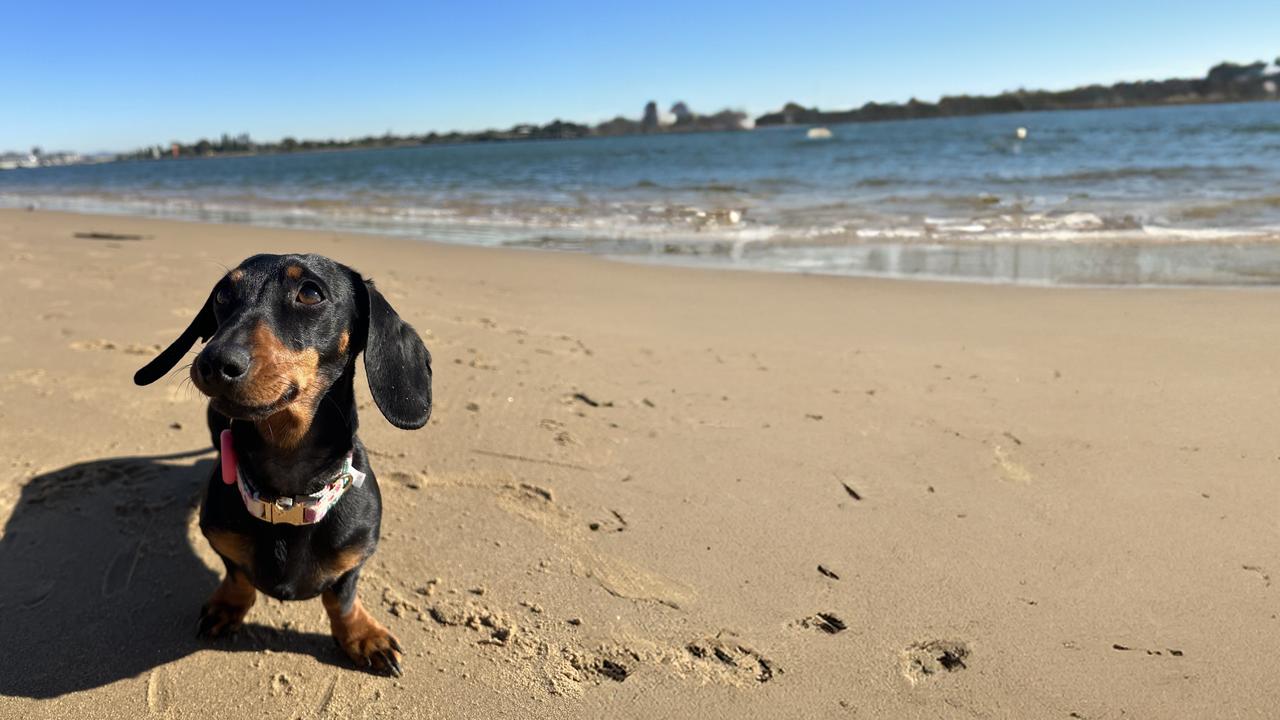
By introducing massive one-off hits to the supply of goods, services and labour – alongside wild swings in demand as restrictions are turned on and off – Covid has confounded the usual ways we assess whether the economy is doing well or poorly.
So it is that the decline in US March quarter GDP – by 0.35 per cent, versus expectations for a 0.3 per cent gain – can be explained away by the vagaries of the pandemic economy.
American companies restocked at a slower pace than in the previous quarter, and a jump in import volumes meant net exports also dragged. Both were the flip side of robust spending by business and consumers. Firms are investing fast. They needed to buy capital goods from overseas, and shops couldn’t restock their shelves quickly enough.
Indeed, add in government spending and total private demand lifted by a solid 0.7 per cent through the three months, or just above the 10-year average.
Westpac head of international economics Elliot Clarke summarised the quarter by saying: “You’ve had strong demand and limited supply.”
He said it was best to focus on that ongoing rosy demand picture, and said he still expected the American economy would grow by 3 per cent this year.
Clarke – and many others – may be right, but you know things are going off script when analysts begin looking at alternative measures that better fit the narrative.
In the case of the US, the line is that consumption and business spending is booming – and that better reflects what’s “really” going on. That may well be right, but it’s a warning sign that the story of a robust US economy – one that can withstand a string of rate hikes this year – may not be as clear cut as many hoped.
An ongoing wrinkle is that while the US unemployment rate at 3.6 per cent is back to pre-pandemic levels, that number is flattered by the 1.6 million fewer Americans in the workforce than before the health crisis.
In fact, ANZ economists reckon there should be 4.5 million more Americans employed now than there currently are, given the size of the economy.
In other words, more than two years into the pandemic and trillions of dollars in economic stimulus later, the US labour market recovery remains incomplete.
Still, the shock March quarter economic contraction is not expected to change the plans of US Federal Reserve chairman Jerome Powell. You only need to look at the inflation figures to see why: consumer prices jumped 8.5 per cent over the year to March, the strongest in 40 years. Higher prices for just about everything – but concentrated in fuel and energy costs, but also groceries – are crimping household budgets, and wages are not climbing fast enough to compensate.
This will be a familiar story for Australians, but the situation in the US is even more challenging.
Average earnings figures due Friday night were expected to show real pay for Americans shrunk by 4 per cent over the year to March – a much worse outcome than here or across the rest of the developed world.
Clarke said the Fed – and the Reserve Bank of Australia – have “got to the point now where they are only focusing on the inflation risks”.
Of course, no central banker wants to sink the economy through rate rises, but that is their track record, especially in the US, where six of the eight rate hike cycles since the early 1980s have ended in a downturn.
It’s that track record that was clearly at the top of Harvard University professor Kenneth Rogoff’s mind following the release of the American national accounts numbers on Thursday night, Australian time. Rogoff, a former chief economist at the International Monetary Fund, caused a stir when he told Fox News he thought “the chances are at least 50/50 that we’ll see a recession over the next year”.
“What I really worry about is, I don’t see how the Fed will both bring inflation down to, say, 2.5 per cent (or) 3 per cent, and not have a massive recession,” he said.
“I think to do that they would have to hike rates 4, 5 per cent at least, and over the next year and a half I don’t think they are going to do that. I suspect we are going to end up with still high inflation and maybe even still a recession.”
The increasingly fraught global environment made good political fodder for Scott Morrison, who on the hustings in Tasmania on Friday used the American GDP figures as an example of why voters should stick with the government during “challenging economic times”.
But for Reserve Bank governor Philip Lowe, as for his peers across the developed world from New Zealand to Canada, the prospect of the world’s most important economy stumbling makes the job of raising rates from virtually zero without triggering the next downturn that much harder.




News that the US economy shrank in the March quarter couldn’t have come at a worse time for the world’s central bankers, who face the immense challenge of regaining control of inflation without triggering the next recession.